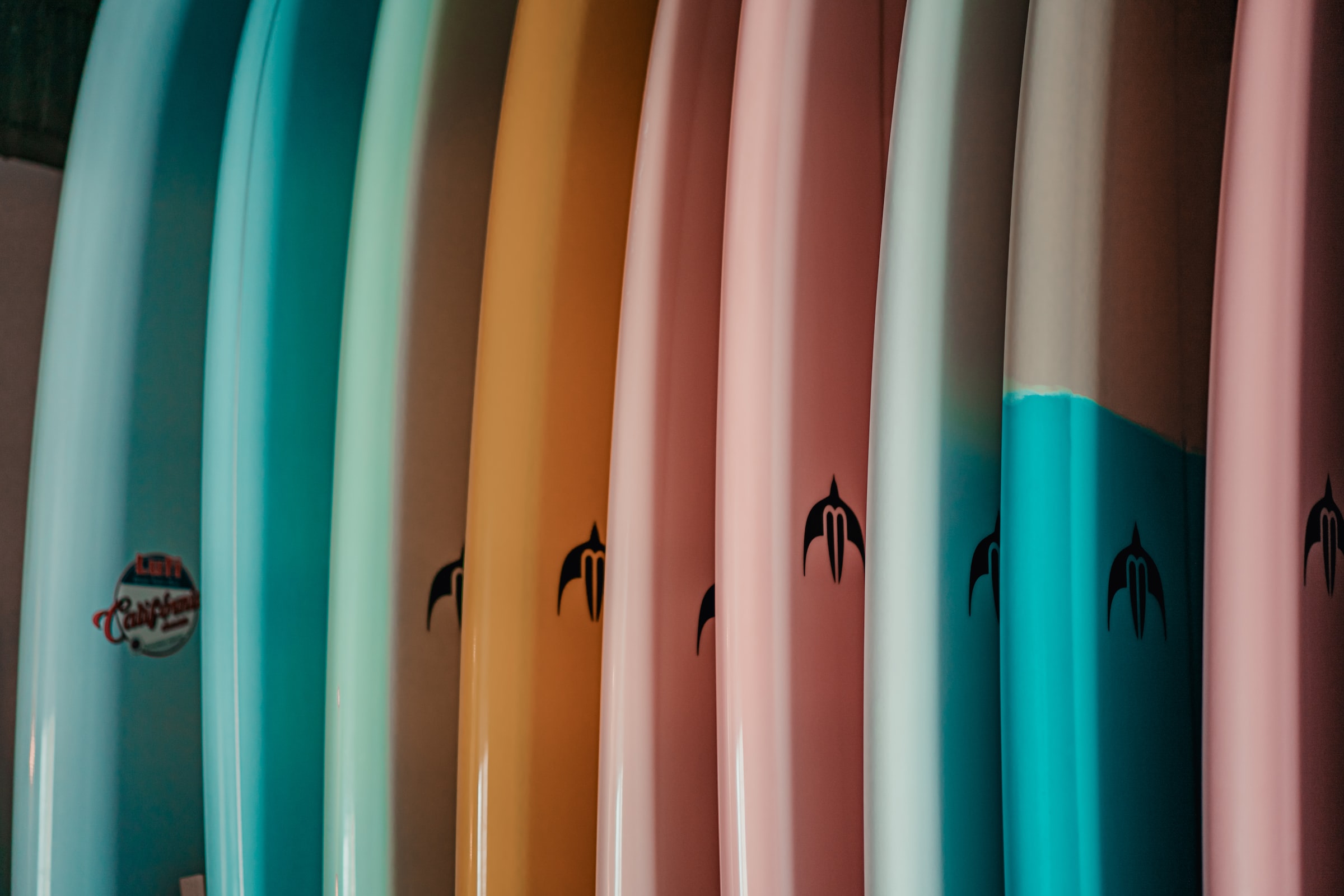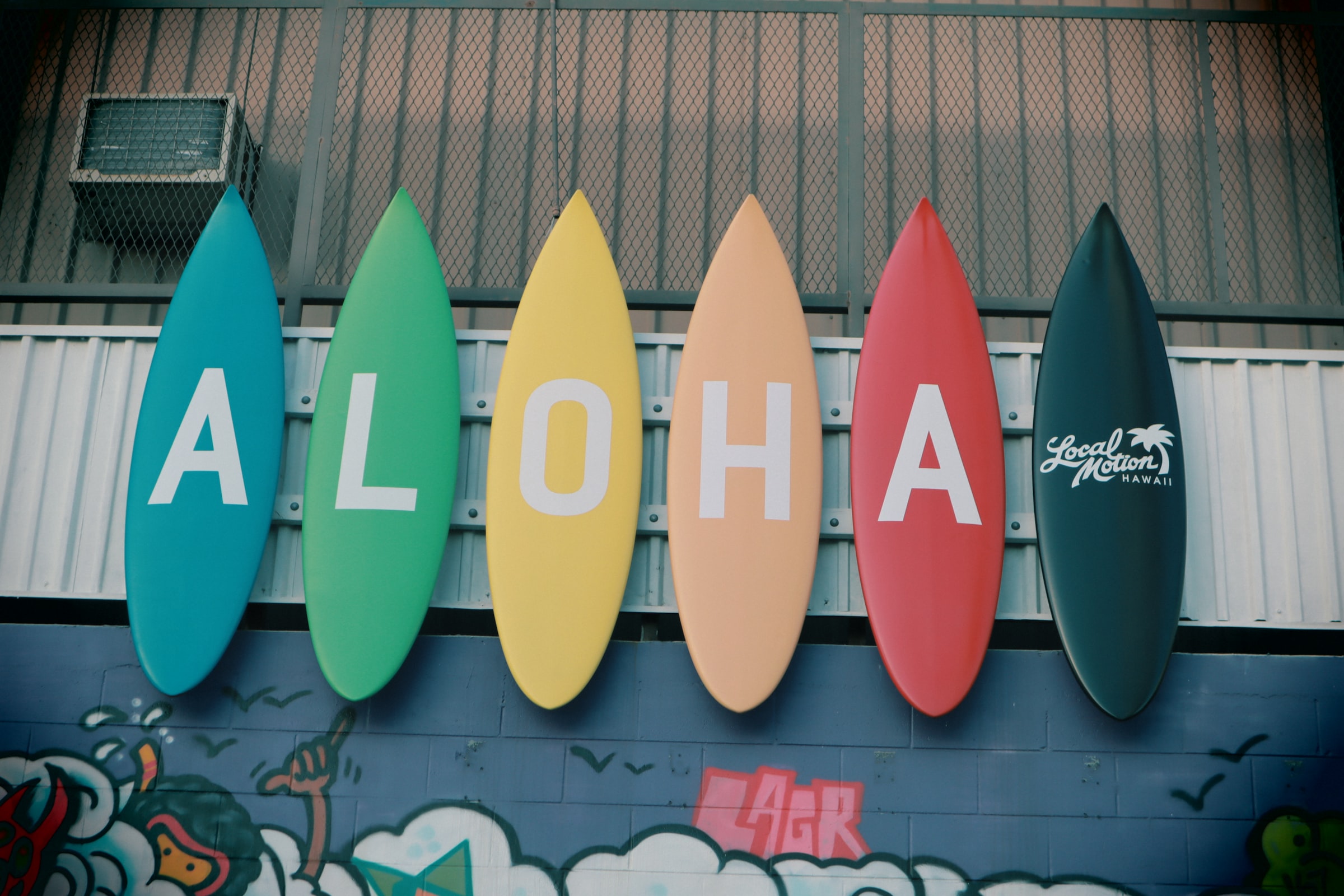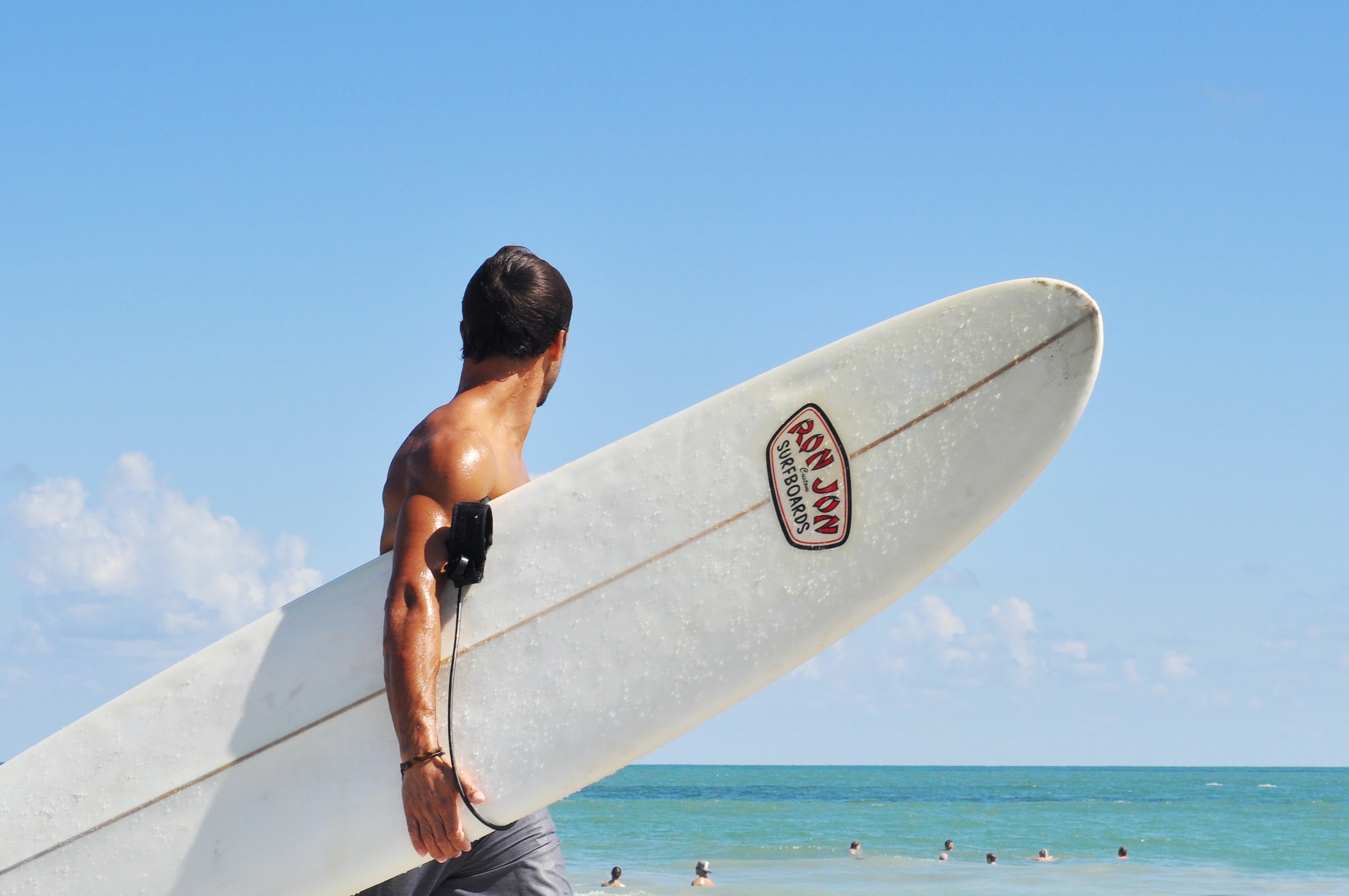Knowing which surfboard to choose is essential, whether it’s time to get your very first board or if you want to expand your quiver with a new beauty. This guide will help you to understand the surfboard size and volume, which type of surfboards to choose between, and everything else you need to know to choose a surfboard for every level.
There are countless surfboards to choose between, whether you order one online, go to your local surf shop, or buy a custom one directly from a shaper. Many advanced surfers know which surfboard to get, while it can be a trickier process for beginners.
When picking a surfboard, many factors come into play, and many questions may pop up. What size? Which type? And what about volume?
Let’s dive into that!
What You Need To Know When Choosing A Surfboard

There are many factors to consider when choosing a surfboard that’s right for you. Here are four questions you should ask yourself to know which board to choose:
Question 1: What Is Your Skill Level?
It would help if you chose the one that isn’t too hard for you. So, which is your current surfing level? Beginner, intermediate or advanced? If you’re unsure, you can ask an experienced friend or surf coach to watch you catch some waves and give their opinion. Put your ego to the side here; you don’t want to buy a board that’s too hard and ends up collecting dust in your quiver.
Question 2: What Are Your Height And Weight?
These are critical factors in determining your board’s size and volume, but we’ll get back to that further down the post.
Question 3: What Is Your Fitness Level?
As you know, surfing is a physically challenging sport and requires a lot from the surfer. If your fitness level is weaker, then a surfboard with more volume will help make the paddling easier. As you get stronger at paddling, you can advance to a smaller board.
Question 4: Which Wave Types Do You Want To Catch?
What types of waves you want to surf should be considered when choosing aboard. What conditions do you enjoy surfing in? Relaxed cruising or fast rides? Bigger or smaller waves? Unfortunately, the perfect all-waves-and-condition surfboard doesn’t exist.
Thus, as you progress and want to surf different styles, it could be a good idea to build a quiver with different boards.
A Surf shop in Switzerland offers the best boards. Check on Surfari and get yours now.
Different Types Of Surfboards – And When To Use Them

Your surfboard must match your needs. Since there isn’t one surfboard that ticks all the boxes for what a perfect board should be, compromise is the keyword here. There are pros and cons with every kind of board on the market.
Some of the most common boards you’ll find in the surf shops are:
Fishes
These boards will give you a good deal of speed and flotation. The fish board works well on small to medium waves and will make weak riding waves enjoyable! A weakness of this board is that it’s harder to catch waves with it than with a giant board. It provides more maneuverability than the longer boards, but compared to a shortboard; it’s more limited.
Shortboards
This board is for advanced riders who want a great performance board with top maneuverability. Clean and powerful conditions are ideal for this board. The shortboard is hard to paddle, and it’s more difficult to catch waves with a shortboard than with a giant board. A common mistake among intermediate surfers is switching to a shortboard too soon, slowing down their progress when they can’t ride it.
Funboards
If you are a beginner who wants to level up from a longboard, the funboard can be a good choice. This board can be described as somewhere between the fish and the longboard. From the longboard, it provides easy paddling, and from the fish, it allows more maneuverability. Funboards are suitable for beginners and intermediate surfers in small swells.
Longboards
As their name reveals, these boards are on the bigger side, often between 8-11 feet. The longboards can be used by beginners to advanced riders and work well in low waves. It’s an excellent choice for all-year-around surfing. The longboard provides smooth rides with good flotation and stability. This type of board isn’t made for quick turns, and it can be pretty hard to move it around due to its large size.
Surfboards For Beginners
As a beginner, you should start learning to surf on a foam board with lots of volumes. The high-volume surfboard will provide stability, control and make the board easy to paddle and catch waves with.
Understanding Surfboard Size

The four questions at the beginning of this post are essential in determining the surfboard’s size. Plus: depending on what kind of board you want to surf, the size you need will vary.
Some things to keep in mind when choosing a surfboard size:
- A beginner surfer needs a much bigger board than an advanced surfer.
- Normally, the smaller the board is, the harder it is to catch waves with it. Make sure you don’t choose a board that’s too small for your level.
- If you are surfing less than once per week, you might need a more giant board than someone who surfs weekly.
So, what is the best size surfboard for me?
Alright, now you know the basics of what you should think of when choosing a surfboard. Don’t buy the newest pro model for all your money; get one that works for you and your level.
Bottom Line
If you are a beginner, you should get a board with many volumes; if you are more experienced, there are more factors to it. It all comes down to your personal preferences; it is suggested to choose the one you have the most fun on that allows you to catch the most waves.







